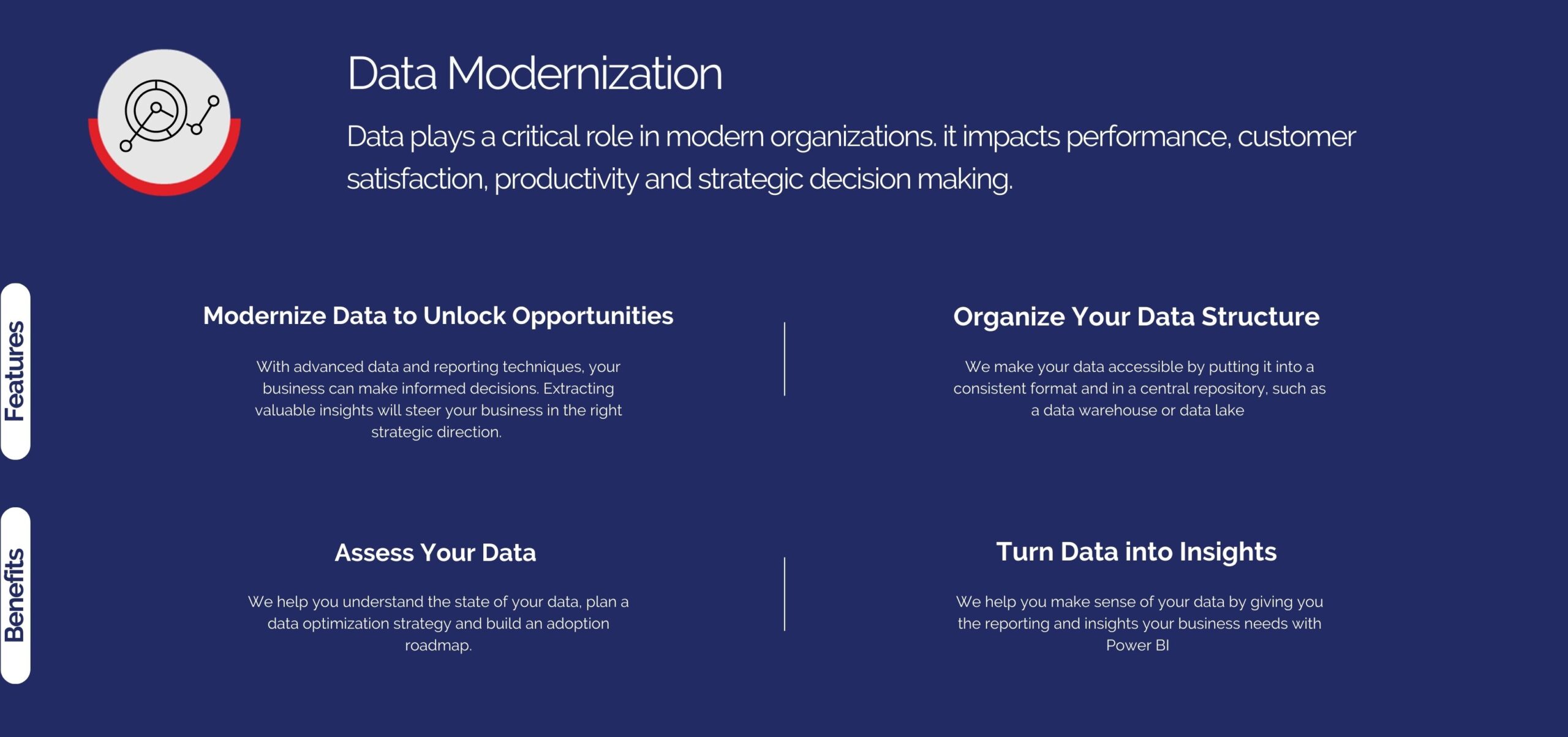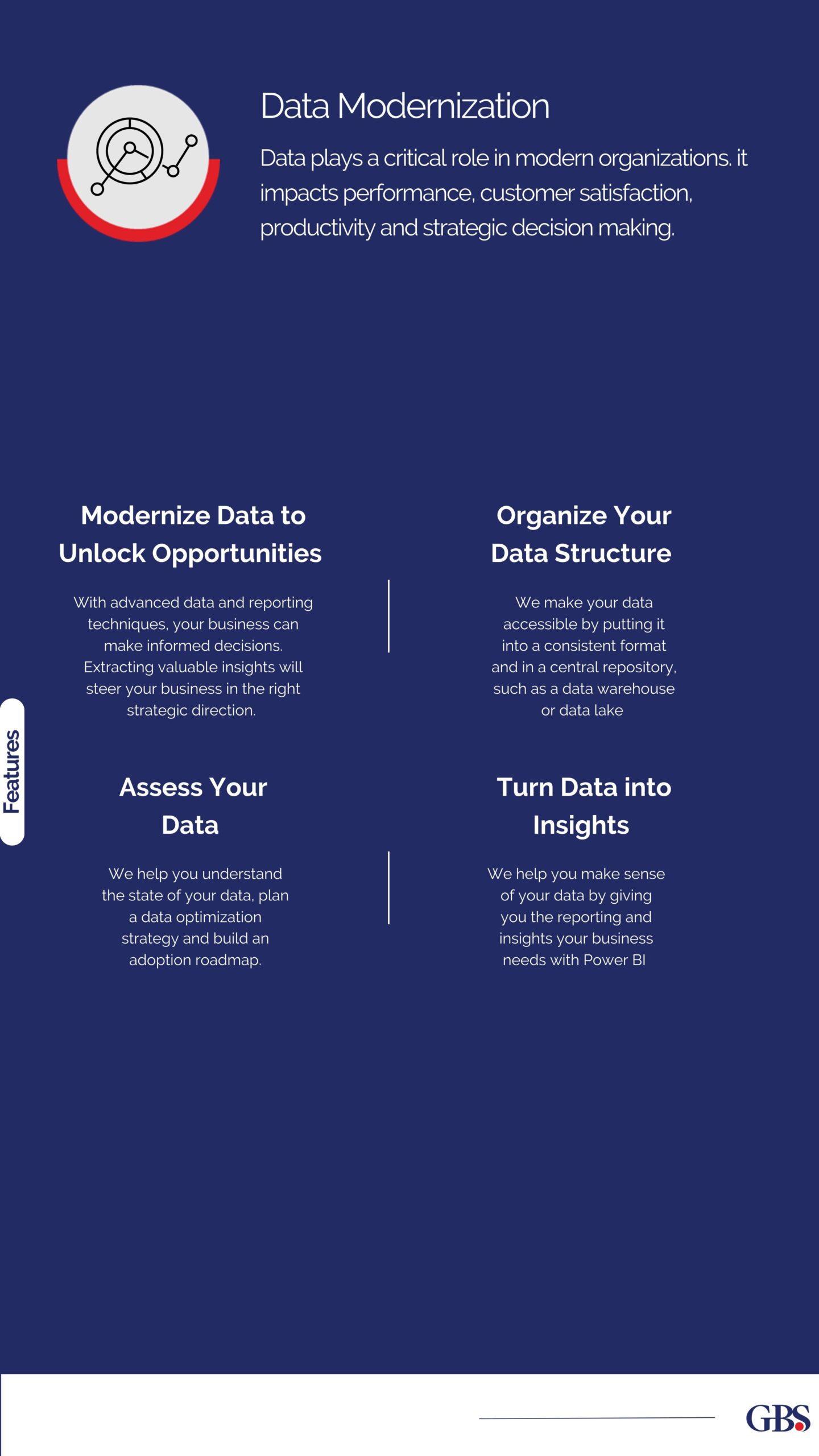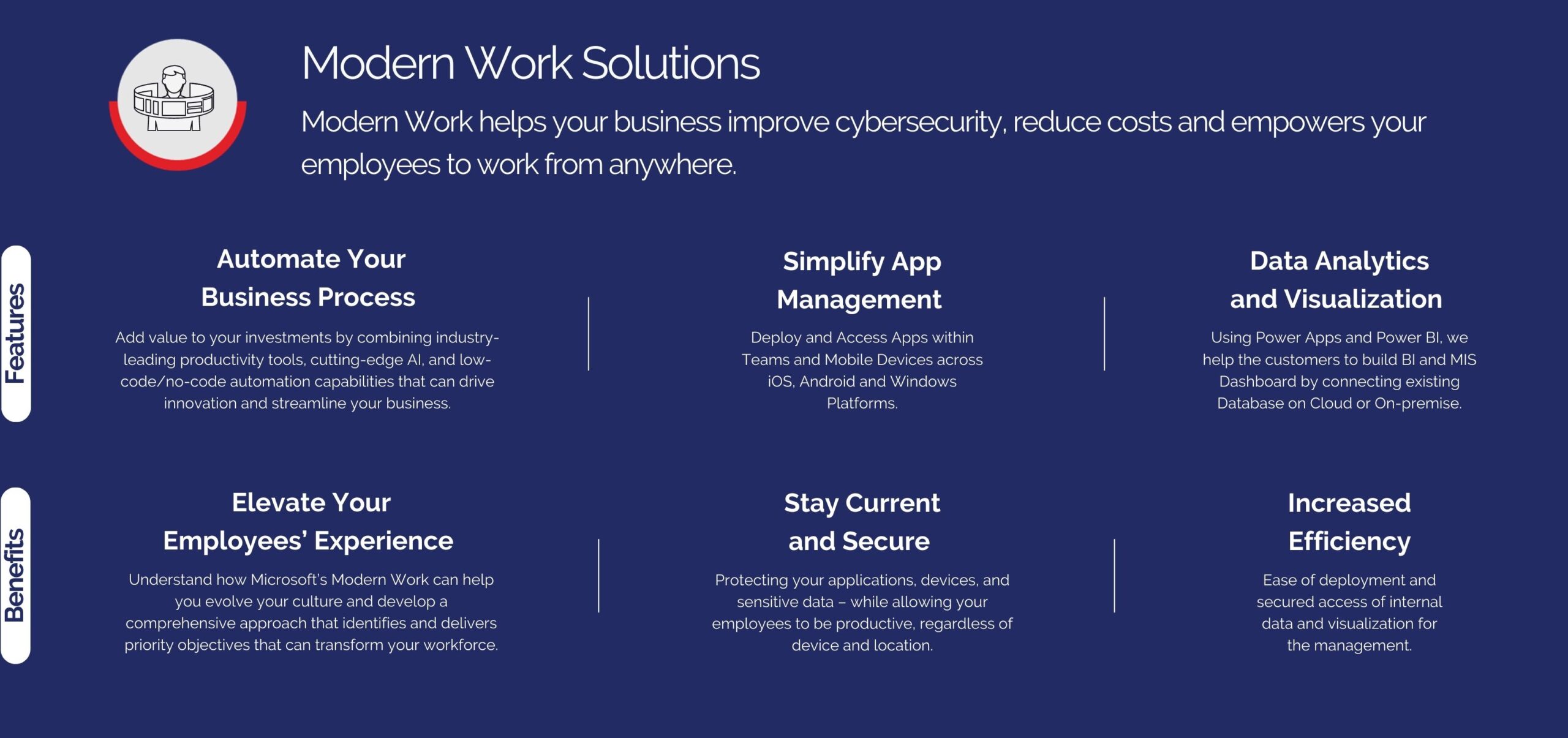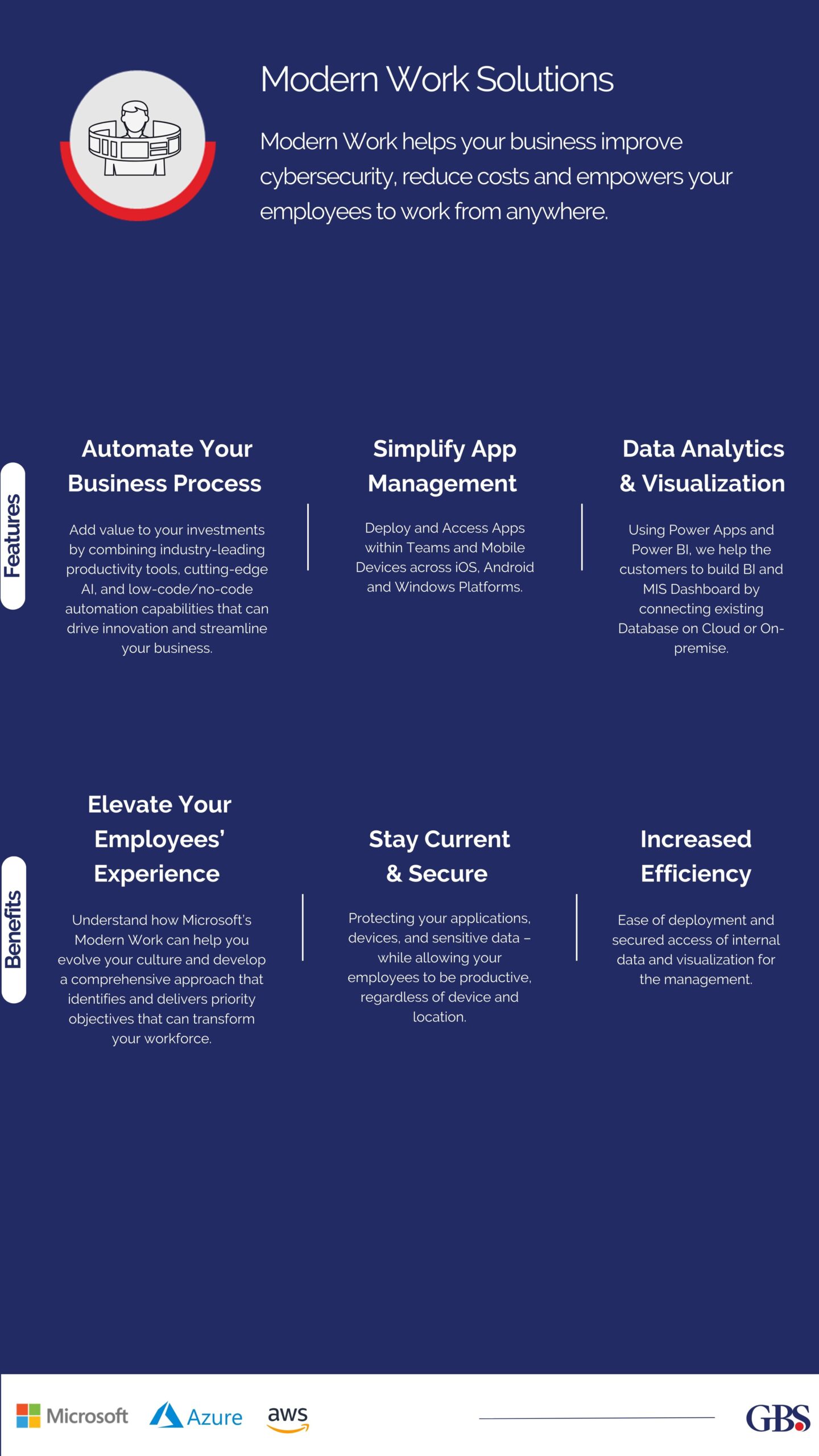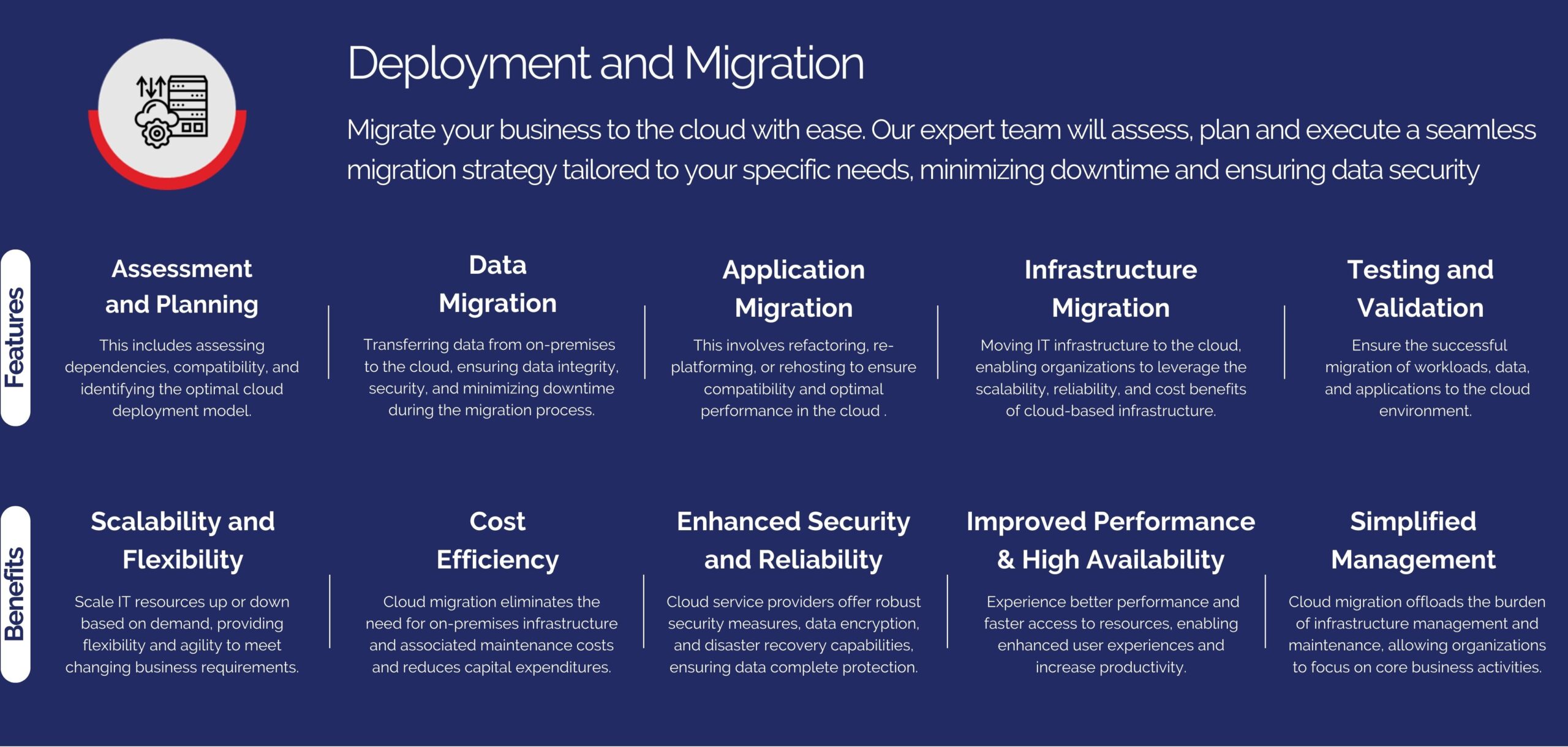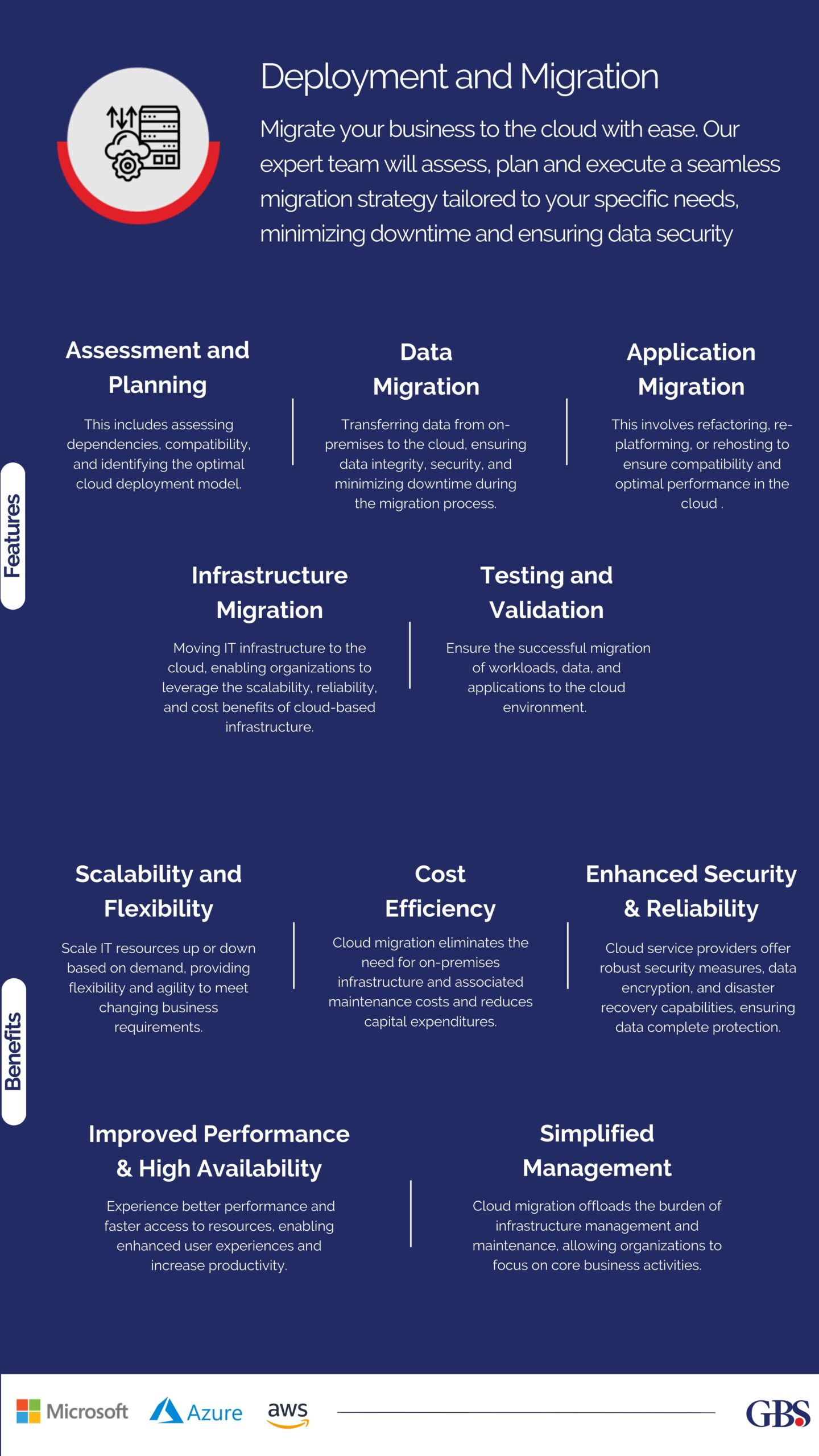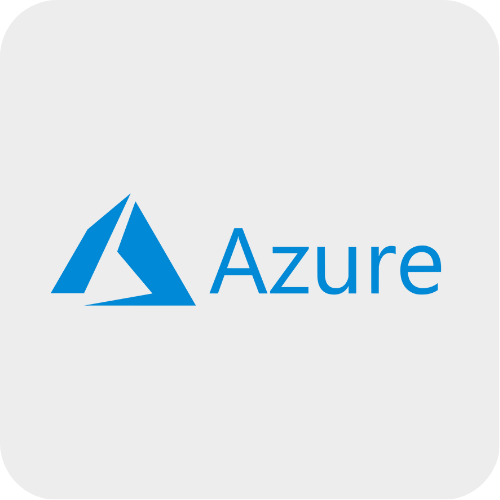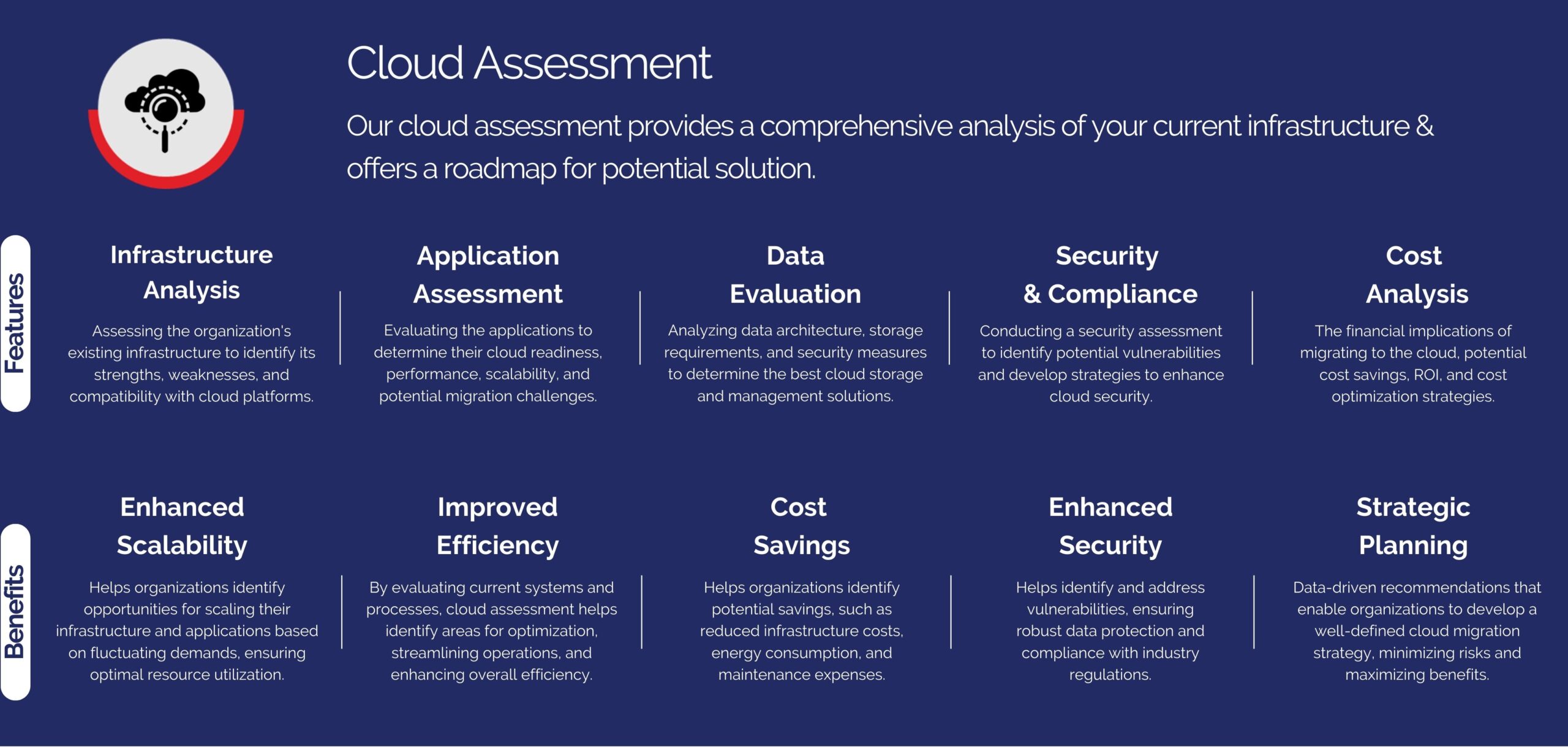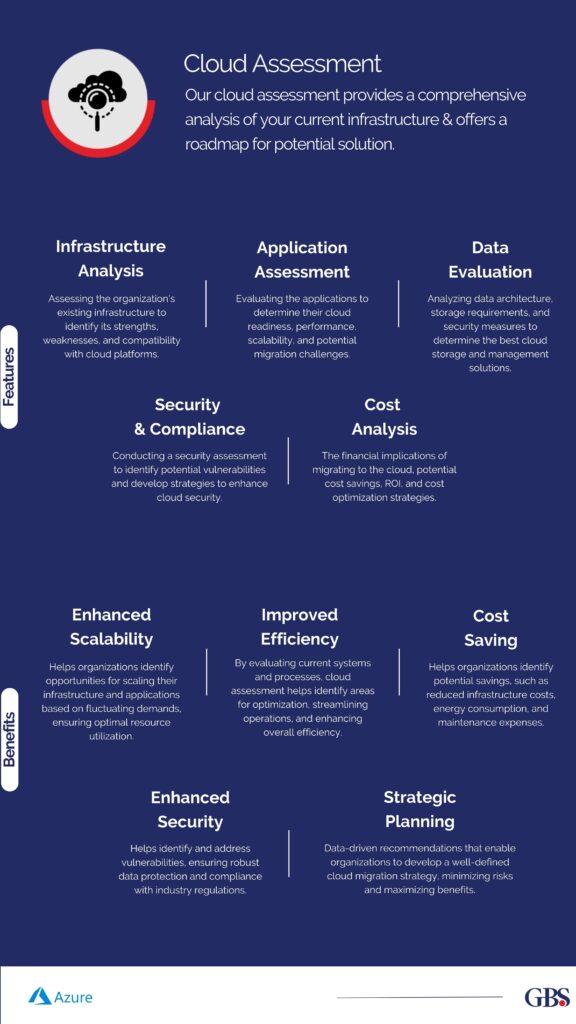Harnessing the Power of Cloud for Disaster Recovery

Benefits of Cloud Disaster Recovery
Cloud-based disaster recovery offers numerous advantages over traditional on-premises solutions. Some of the key benefits include:
- Scalability: Cloud DR solutions can easily scale up or down to meet your business needs. This flexibility is particularly beneficial for growing businesses or those with fluctuating workloads.
- Cost-Effectiveness: Traditional DR solutions often require significant capital investment in hardware and maintenance. Cloud DR, on the other hand, operates on a pay-as-you-go model, reducing upfront costs and ongoing expenses.
- Rapid Recovery: Cloud DR solutions enable quick data restoration and system recovery. In the event of a disaster, businesses can rapidly spin up virtual servers and access critical data, minimizing downtime.
- Geographic Redundancy: Cloud providers typically have multiple data centers across different regions. This geographic redundancy ensures that your data is protected and can be restored even if one data center is affected by a disaster.
Key Cloud DR Solutions: BaaS and DRaaS
-
- Backup as a Service (BaaS): BaaS involves backing up data to a cloud service provider. This solution is ideal for businesses looking to protect their data without the complexity of managing backup infrastructure. BaaS offers automated backups, secure storage, and easy restoration, making it a reliable option for data protection.
- Disaster Recovery as a Service (DRaaS): DRaaS extends beyond data backup to include the replication of entire IT environments. This service enables businesses to recover not just data but also applications and systems. DRaaS provides comprehensive recovery capabilities, including failover to cloud infrastructure, ensuring business continuity in the event of a disaster.
Implementing a Cloud DR Strategy
To implement an effective cloud DR strategy, follow these steps:
- Assess Your Requirements: Evaluate your business’s RTO and RPO requirements. Determine which applications and data are critical and need to be prioritized in your DR plan.
- Choose the Right Provider: Select a cloud service provider that meets your DR needs. Consider factors such as the provider’s reputation, service offerings, geographic coverage, and compliance with industry standards
- Design Your DR Plan: Develop a comprehensive DR plan that includes data backup, application replication, and system recovery procedures. Ensure the plan addresses your RTO and RPO requirements.
- Implement and Test: Deploy the chosen cloud DR solutions and conduct thorough testing to validate their effectiveness. Regular testing helps identify and address any issues, ensuring your DR plan works as intended.
- Monitor and Update: Continuously monitor the performance of your cloud DR solutions and update the plan as needed. Regular reviews and updates ensure your DR strategy remains aligned with your business needs and evolving threats.
Free Assessment
DRaaS is not just a safety net but a strategic asset that ensures business continuity, safeguards critical data, and mitigates the risks associated with cyber threats and other disruptions.
By leveraging DRaaS, you can fortify your defenses, reduce downtime, and maintain operational resilience.
Secure your future today!
In the last year alone, 3 out of 4 organizations faced ransomware attacks, with 26% being targeted four or more times.
In the face of potential disasters, the choice you make today will determine your business’s ability to weather the storm tomorrow. At Global Business Solutions, we understand the critical nature of DR and Backup solutions and are committed to helping you safeguard your organization’s future.
Let’s see how DR makes a difference….

Case Studies: Successful Cloud Disaster Recovery Implementations
Case Study 1: Retail Company
A mid-sized retail company implemented DRaaS to ensure business continuity. By replicating their critical applications and data to the cloud, they were able to recover operations within minutes during a major power outage. The cloud DR solution provided them with the flexibility and reliability needed to maintain customer service and avoid significant financial losses.
Case Study 2: Healthcare Organization
A healthcare organization adopted BaaS to protect sensitive patient data. The automated cloud backups ensured that their data was securely stored and easily recoverable. During a ransomware attack, the organization was able to quickly restore its data from cloud backups, minimizing downtime and avoiding the need to pay the ransom.
Explore the benefits of cloud-based disaster recovery, including key solutions like BaaS and DRaaS, and learn how to implement a successful cloud DR strategy
Follow us on social media to stay updated on the latest developments – Facebook & LinkedIn
GBS has now released a UAE Cybersecurity Report 2024 that you can Access Here – UAE Cybersecurity Report 2024
The State of the UAE Cybersecurity Report 2024 provides an in-depth analysis of the cyber threat landscape in the United Arab Emirates. As #cyberthreats continue to escalate globally, the #UAE faces unique challenges that necessitate robust defense mechanisms.
Our Previous blog Understanding the UAE Cybersecurity Landscape: Key Insights and Future Directions introduces the key findings of the #report and sets the stage for a deeper exploration of specific aspects in subsequent #blogs.
Access the Full State of Cybersecurity in the UAE – UAE Cybersecurity Report 2024 Today!


